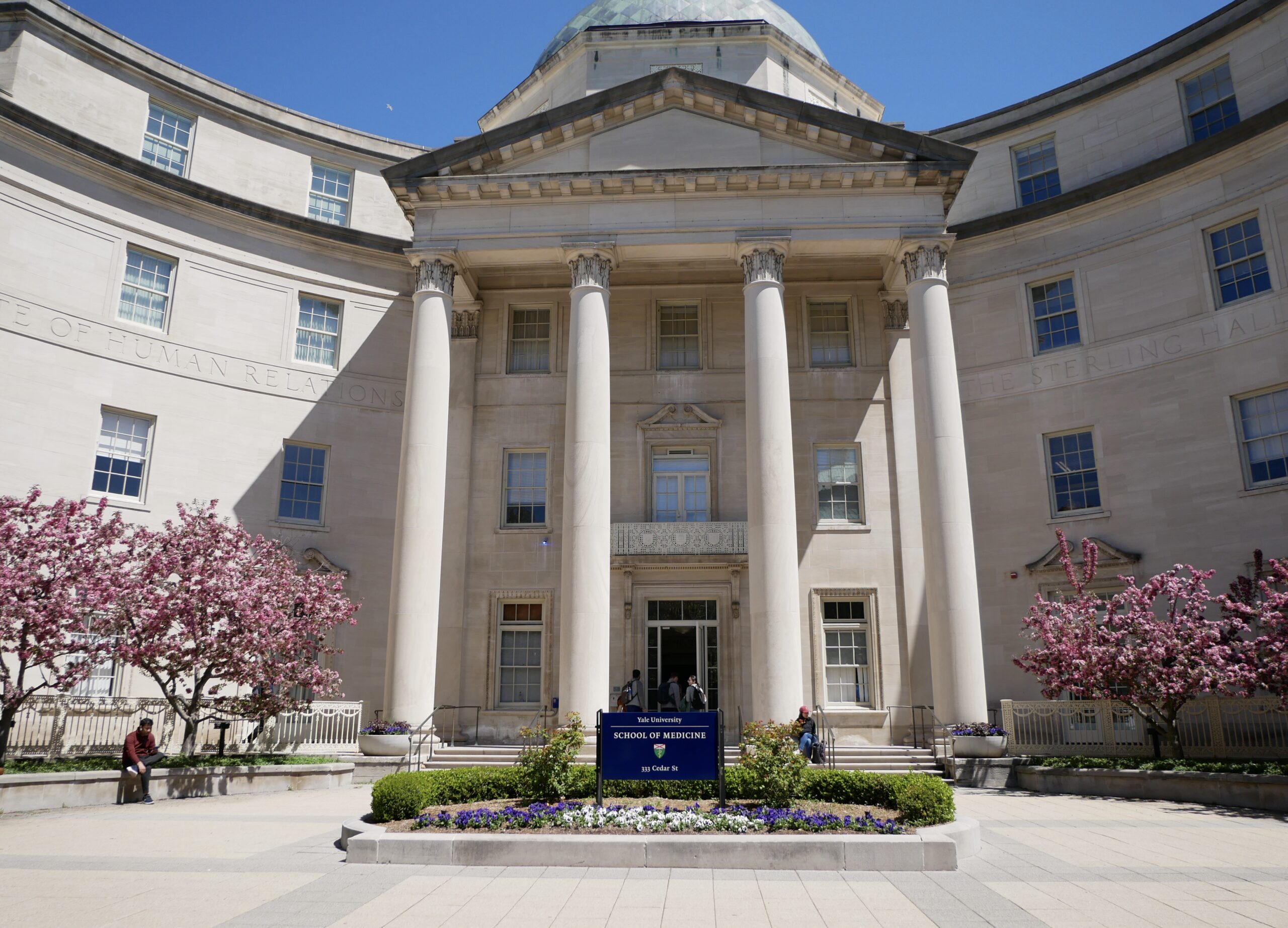Yale study probes link between obesity and ‘obesity-related conditions’ in young people
The team’s research highlighted the importance of treating pediatric obesity to prevent future medical conditions.

YuLin Zhen, Staff Photographer
Researchers at the School of Medicine recently published a letter that estimates the extent to which obesity-related conditions — conditions that have been linked with obesity but aren’t necessarily caused by it — are actually caused by obesity in adolescents and young adults.
Scientific literature has long associated several chronic conditions with obesity. Lead author Ashwin Chetty MED ’27 and a team of doctors worked together to analyze the link.
“We know obesity causes hypertension, but not all hypertension cases are caused by obesity. So to understand the impact of preventing or treating obesity, it’s important to understand how many of those hypertension cases are caused by obesity,” Chetty said. “If you can prevent obesity by a certain amount, you’ll be able to reduce hypertension by a certain amount, and that’s the reasoning that fueled the paper that we did.”
Chetty explained that obesity has been defined for decades in terms of body mass index or BMI, which represents the ratio of body weight to height squared for an individual. People with BMIs of 30 or more are typically considered obese, while those with BMIs of 25 or above are considered overweight.
For adolescents and young adults who are still growing, BMI is instead calculated through a percentile that calculates how one compares relative to others of the same age and sex, with a BMI greater than or equal to the 85th percentile representing the overweight population and greater than or equal to the 95th percentile representing the obese population.
Using publicly available data from the National Health and Nutrition Examination Survey, Chetty compared the prevalence of obesity-related conditions like hypertension across adolescents and young adults with obese, overweight and normal BMIs.
To estimate the proportion of obesity-related conditions caused by obesity, the team compared the number of cases from the group with obesity to the number of cases from the group with normal BMIs, accounting for potential confounders that could cause these conditions.
In their estimates, the team found that among all cases of prediabetes, hypertension and dyslipidemia, 20 to 35 percent of adolescent cases and 40 percent of young adult cases are attributable to obesity.
“One way to interpret that is, if you were able to eliminate obesity from this population, you would reduce the prevalence of those obesity-related conditions, prediabetes, hypertension, dyslipidemia, by that amount,” Chetty said.
The project was inspired by a study Chetty worked on with School of Medicine professors Alissa Chen and Alexandra Hajduk that examined obesity and obesity-related conditions in adults aged 65 and older.
The transition from working with older adults to adolescents and young adults did not come without its challenges, Chetty said. For instance, different definitions for clinical conditions such as kidney dysfunction exist for adolescents and young adults since they manifest in them differently than in adults.
Chetty emphasized that the study still has its limitations. The study utilized observational data to assume a causal relationship that could be influenced by other factors, such as other medical conditions that could predispose individuals to obesity-related conditions.
Furthermore, the data only included adolescents and young adults with obesity and manifestations of obesity-related conditions, which does not account for the possibility of them developing these conditions later on in life.
Looking ahead, Chen expressed her hopes for the impact of the team’s work in a statement to the News: “Preventing and treating obesity isn’t just about achieving a weight goal. It’s about promoting health and preventing life altering and sometimes deadly chronic conditions. Therefore, this project will help drive efforts around prevention and treatment.”
The Yale School of Medicine is located at 333 Cedar St.







